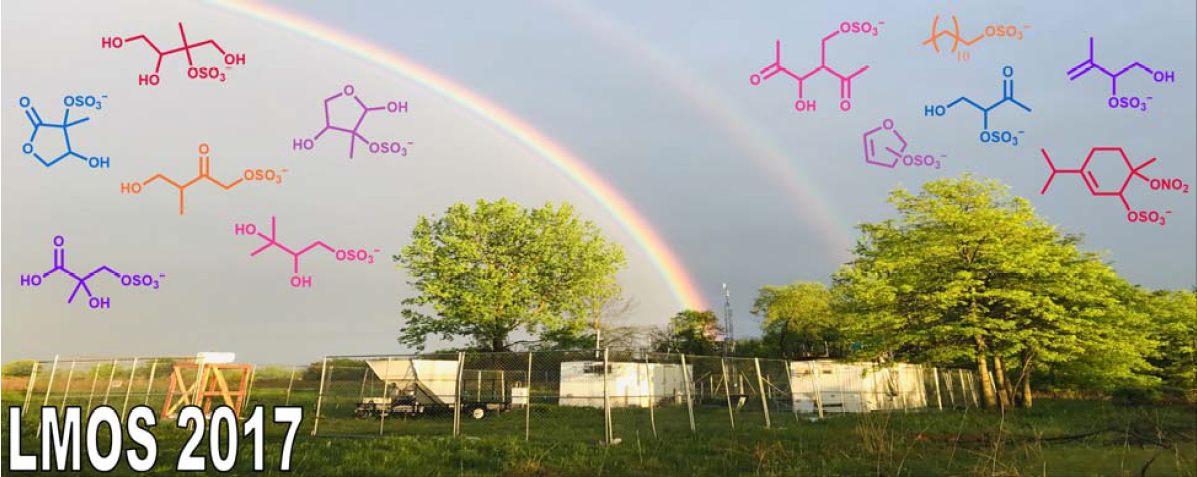Dagen D. Hughes, Megan Christiansen, Alissa Milani, Michael P. Vermeuel, Gordon A. Novak, Hariprasad D. Alwe, Angela F. Dickens, R. Bradley Pierce, Dylan B. Millet, Timothy H. Bertram, Charles O. Stanier, and Elizabeth A. Stone*
LINK https://www.sciencedirect.com/science/article/abs/pii/S1352231020306737

Highlights
-
PM2.5 composition differed across three periods of elevated ozone
-
Isoprene-derived organosulfates contribute substantially to secondary organic aerosol (SOA)
-
SOA tracers indicate transformations occurred via photooxidation and ozonolysis
-
SOA formation was highly sensitive to aerosol acidity and inorganic sulfate
Department of Chemistry, University of Iowa, Iowa City, IA, USA
Department of Chemical and Biochemical Engineering, University of Iowa, Iowa City, IA, USA
Department of Chemistry, University of Wisconsin, Madison, WI, USA
Department of Soil, Water, and Climate, University of Minnesota, St. Paul, MN, USA
Wisconsin Department of Natural Resources, Madison, WI, USA
Space Science and Engineering Center, University of Wisconsin, Madison, WI USA
*corresponding author